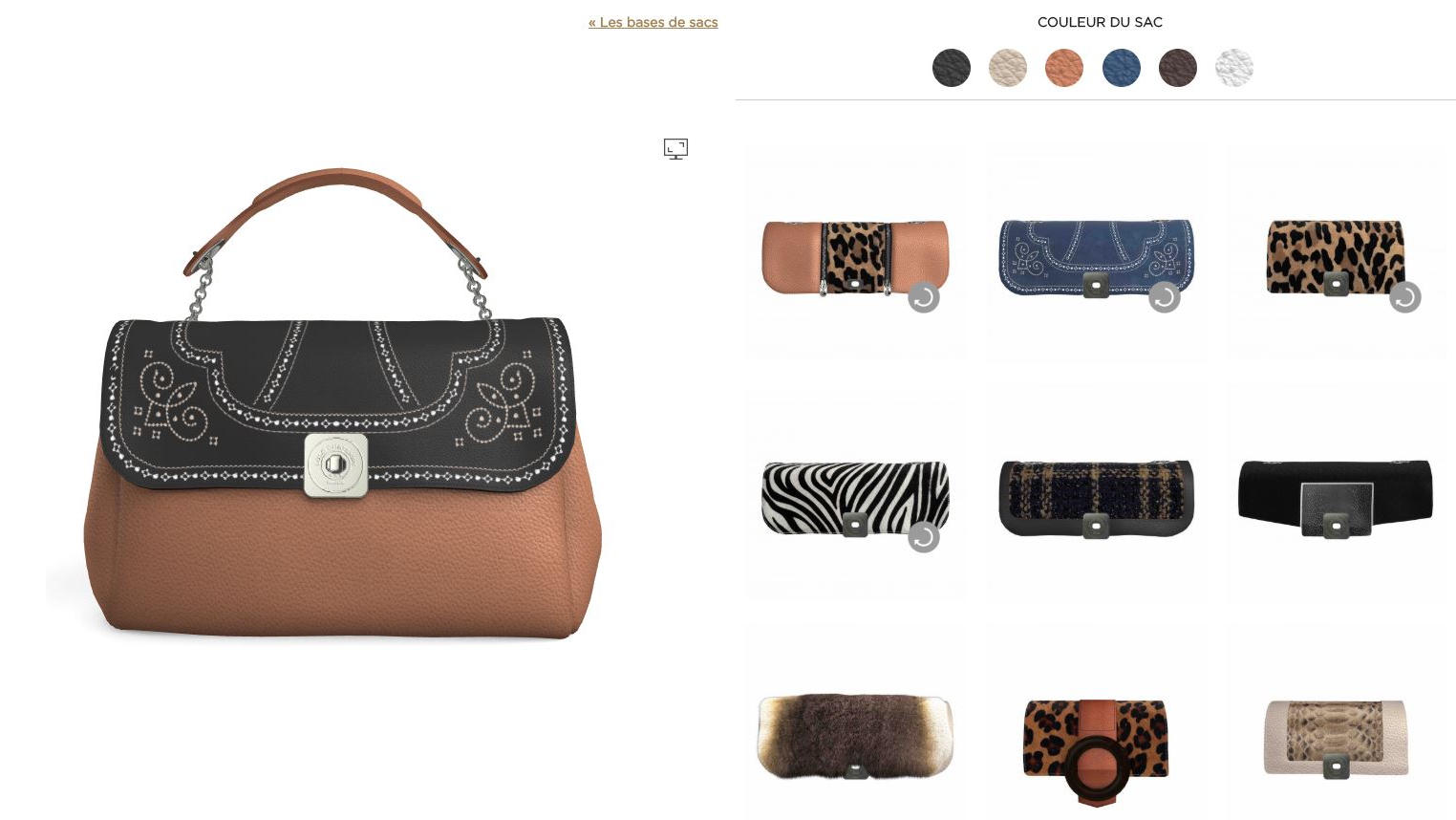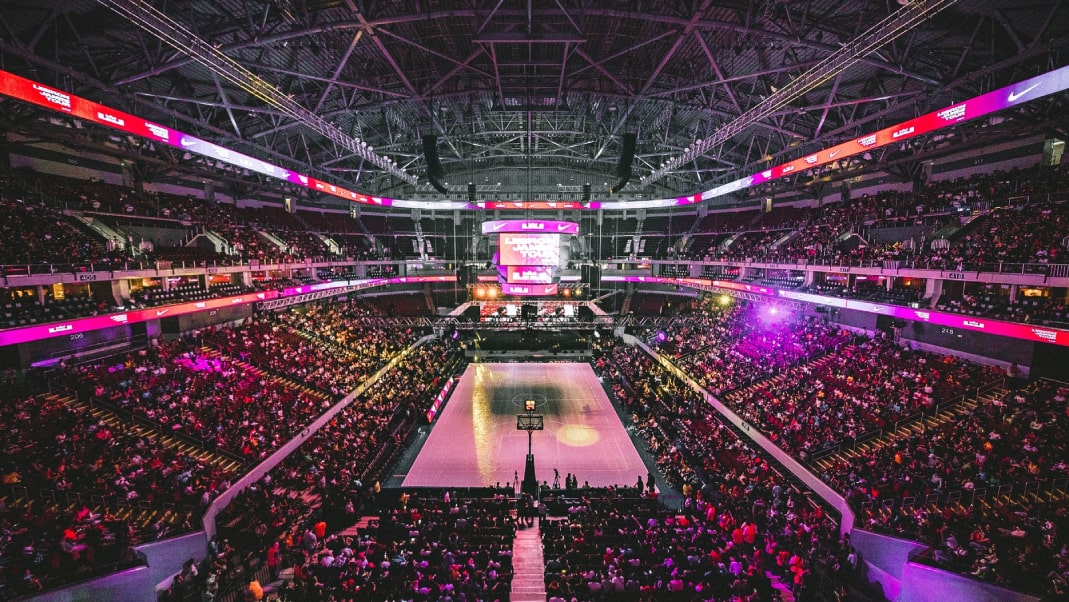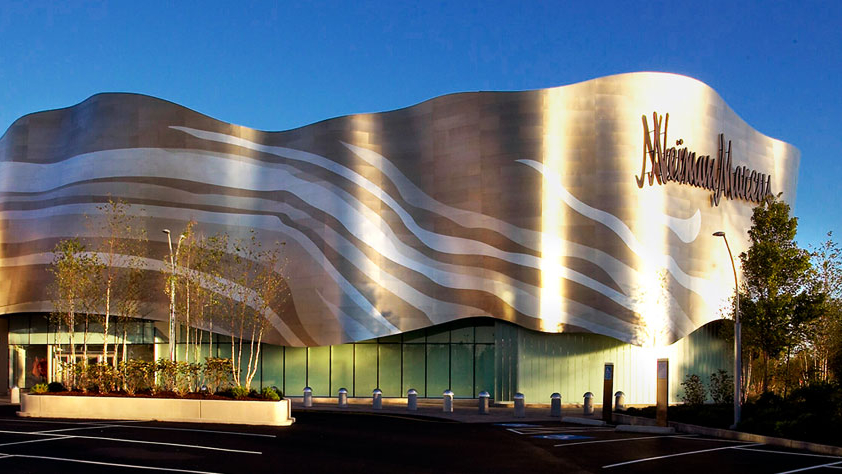luxury marketing
NFTs (non-fungible tokens) in luxury marketing!
By Yahong Zhang |What is NFT? NFTs, or non-fungible tokens, are unique digital assets like digital artworks and music, which is tracked through blockchain (a digital ledger) and thus cannot be reproduced or interchanged. NFTs are created by uploading a file to a specific auction market, such as Rarible, OpenSea, KnownOrigin. Once this is done, the piece may be bought with cryptocurrency and resold...
Read more
What can luxury brands learn from Gucci's digital strategy?
By Yahong Zhang |This article has been updated in May 2024 by Sabrina KHADIVI Gucci is reinventing itself by creating digital content and digital products Jean François Palus as new CEO and Sabato De Sarno as new Creative Director, Gucci has managed to implement a marketing strategy targeted at Generation Z, i.e., the group of consumers with apparently low buying powers but high influences...
Read more
Virtual Try-on: The Next Big Thing in Luxury Business
By Yahong Zhang |Virtual try-on catching on? Virtual try-on technology enables customers to try on products using their camera equipped devices such as mobile phones. With the help of Augmented Reality, users may contextually visualize the item in which they are interested, interacting and confirming the style, the size and the fit before making a purchase...
Read more
How can you use 3D visualization for marketing purposes and is it worth it?
By Yahong Zhang |3D visualization definition and its estimated market size If you have been reading our blog, you might already have an interest in 3D visualization, an area about which we, at Hapticmedia, are very passionate. 3D visualization combines a series of technologies such as computer-generated imagery, 3D modelling, rendering and graphics to create three-dimensional imagery which resembles reality so closely that it might be hard to differentiate from a real photo or video...
Read more
The definitive guide to esports marketing: Everything you need to know in 2020
By Yahong Zhang |This article is aimed to discuss esports marketing, its genres and events, a big fan base, huge marketing potential, and very importantly, the opportunities and tools to make the most of it for the benefits of your marketing strategy. The esports marketing ecosystem: players, events and influencers According to McKinsey, the term “esports” is defined as “a specific subset of online gaming with a focus on the competition between human players – both amateurs and professionals – in a video or computer game with predefined rules”...
Read more
Changing consumer behaviors during coronavirus: 6 consumer trends and 1 to-do list
By Yahong Zhang |Even before the COVID-19 crisis, luxury brands were adopting new channels and tools to satisfy their ever-changing luxury consumers, who are becoming younger, more oriented towards a memorable shopping experience and in a constant quest for products that respect their unique values. And then the pandemic takes place with a series of repercussions, which is not only impacting our incomes and financial stability but also changing consumer behaviors and shopping patterns...
Read more
6 digital marketing trends in the luxury industry 2020
By Yahong Zhang |Introduction to digital marketing Digital marketing trends are consistently shaping the luxury industry, brands, consumers, influencers and so on. For the past decades, businesses have been evolving towards digitalization and trying to shift into a more technological approach that adopts digital tools in everyday tasks, at both individual and organizational levels, to have more accessible and transparent data, faster processes and higher productivity...
Read more
A lesson from Neiman Marcus bankruptcy
By Yahong Zhang |A brief of this bankruptcy On May 7, in the midst of the coronavirus pandemic, the luxury retailer behind brands like Neiman Marcus, Bergdorf Goodman, Mytheresa, Horchow and Last Call, Neiman Marcus Group filed for bankruptcy. This act invoked Chapter 11 of the U.S. Bankruptcy Code, which means that the company will undergo reorganization of affairs, debts and assets and formulate a plan to overcome its financial issues, without necessarily closing stores...
Read more
Live streaming 101: What is it and why should marketers care?
By Yahong Zhang |A huge market potential and accelerated adoption Live content has been appealing to audiences even since the age of television, as it creates the fear of missing out. Unsurprisingly, the live streaming market hit as high as $545 billion in 2018, according to Deloitte. As the online business has grown significantly in recent years with an increasing audience, live streaming is becoming one of the most sought after tools, especially in regions where e-commerce is a common practice...
Read more
Impacts of COVID-19 on the luxury market and how to reboost
By Yahong Zhang |Impacts: Dramatic drop and late recover The coronavirus pandemic has strongly impacted the first quarter of 2020, affecting the luxury industry to its core. Signs of a huge influence started in January, when the virus was striking China, the country responsible for 90% of the 2019 global luxury market growth and 35% of overall luxury sales...
Read more
Luxury and High end marketing: 6 Advanced Tips to stand out in the new competitive landscape
By Yahong Zhang |This article was updated in October 2024 by Sabrina KHADIVI. Luxury marketing is a series of concepts and acts based on the “dream value” as well as the traditional STP model and 6Ps, designed to promote pricey, unique and exclusive products or services to high end consumers. Overview of Luxury marketing and high end market trends Marketing strategy in the luxury business is constructed around the dream value and what customer experiences bring, the segmenting-targeting-positioning model and 7 pillars that most professionals know:..
Read more
Luxury Brands in The New Age
By Yahong Zhang |The ever increasing luxury goods market and its competition in the digital age For the past years, the luxury goods market has been increasing both in sales and in opportunities. According to McKinsey research, in 2018 its value has been 330 billion Euros and it is expected to reach 430 billion Euros, in 2025...
Read more